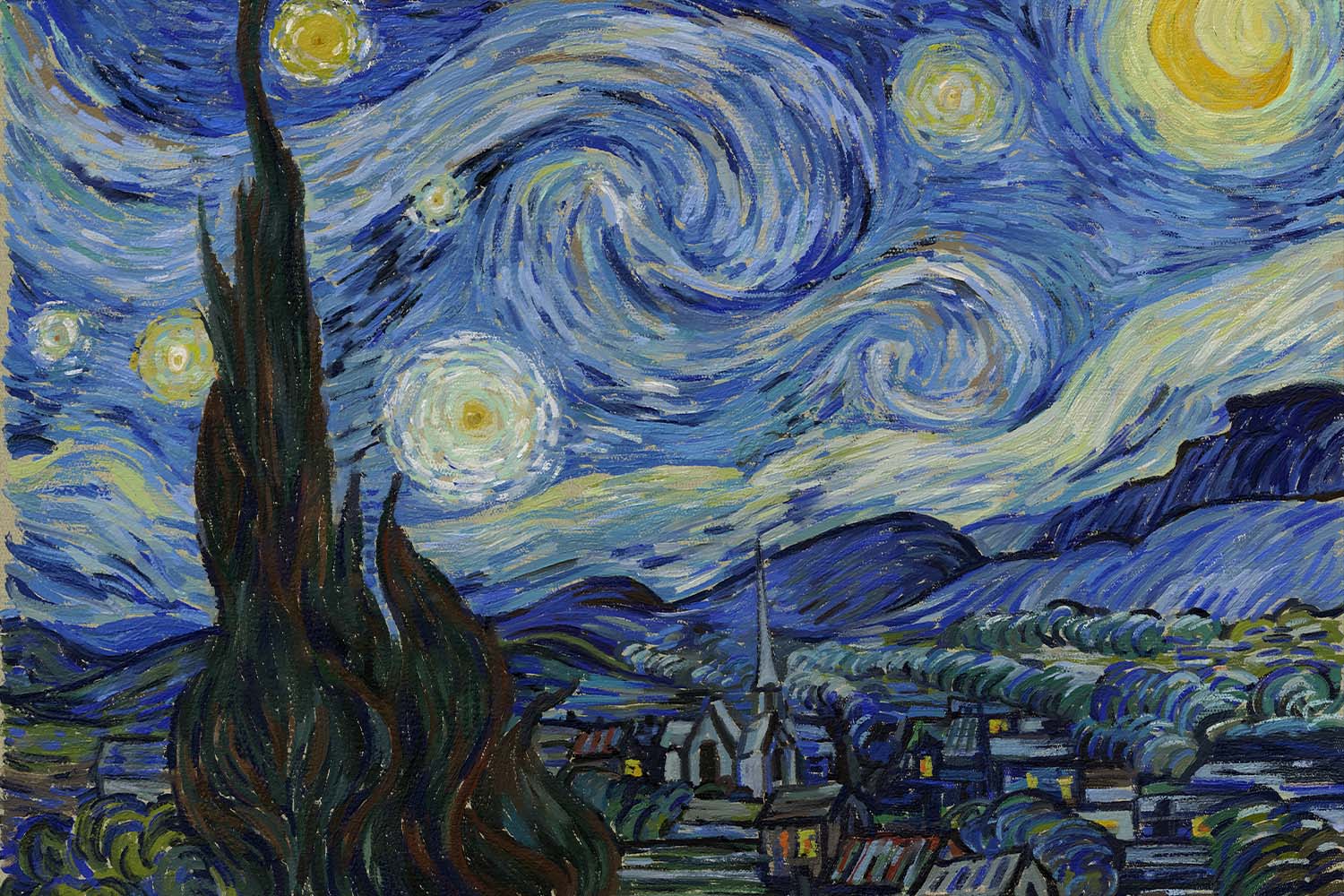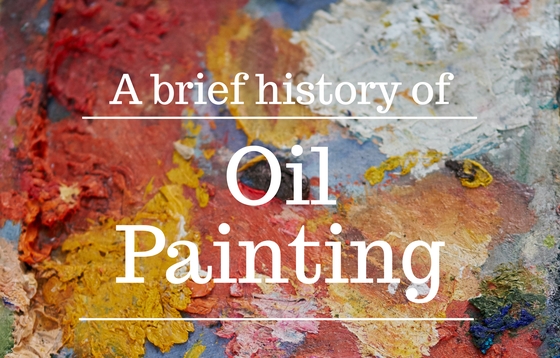The art world would not be the same without oils in it. This medium has fascinated great masters like DaVinci, Rembrandt, van Gogh, Monet, and many others. Even though their style was different, they all used oils to paint great art pieces. We have decided to take a brief look at the history of oil painting and how this medium shaped the art world over the centuries. Together, let’s see what makes them such a popular tool for painters.
The Unique Features of Oils
Most of the wet mediums, like tempera, acrylics, watercolor, or gouache, dry by evaporation. Oil is different and unique. The oil paint dries by oxidation, which happens once oil meets oxygen and causes a chemical reaction. This slowly changes the oil from liquid to gel and later hardens completely. Compared to other media, this is a much slower drying process, which allows painters to spend more time perfecting their paintings.
Not every vegetable oil is suitable for oil painting. The most commonly used is linseed oil, because, unlike olive or canola oil, it dries by oxidation. Besides the widely used linseed oil, painters could also use safflower, poppy seed, or walnut oil, depending on what they prefer and what drying time and effects they want to reach.
The Birth of Oil Painting
Many sources consider the Dutch brothers, Jan and Hubert van Eyck to be inventors of oil painting in the early 15th century. Undoubtedly, their bold move from tempera to oil painting persuaded many Dutch and Venetian artists, however, they were not the first who painted with oils.
The origins of oil painting date to as early as the 7th century. As was discovered in 2008, walnut or poppies oil has been used on the ancient cave painting in Bamiyan, Afghanistan. In Europe, the use of oils as a painting medium has been documented as early as the 11th century.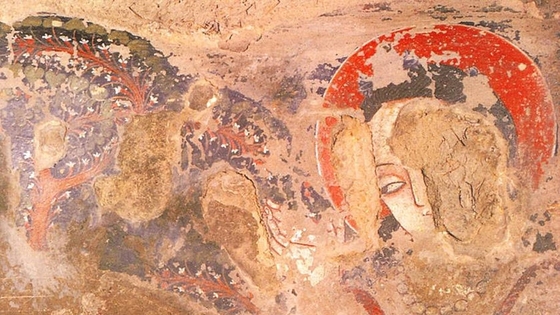 A handout picture from 2008, released from the Japanese National Research Institute for Cultural Properties, shows an oil painting of a Buddhist image, discovered in a cave in Afghanistan's Bamiyan. (Photo via Japanese National Research Institute for Cultural Properties: AFP)
A handout picture from 2008, released from the Japanese National Research Institute for Cultural Properties, shows an oil painting of a Buddhist image, discovered in a cave in Afghanistan's Bamiyan. (Photo via Japanese National Research Institute for Cultural Properties: AFP)
With the start of the renaissance period in Europe, which promoted the rediscovery or “rebirth” of classical philosophy, literature, and art, there was a great need among painters to come up with an alternative painting medium to pure egg-yolk tempera. The improvements in linseed oil refining and the availability of new color pigments and volatile solvents paved the way for the growth of easel-painting with oil paints in the 15th century.
Jan van Eyck popularised and perfected oil painting among the artists in Northern Europe and Italy. His great attention to detail and patient application of opaque egg tempera underpainting and multiple layers of transparent oil glazes, varying from light to dark, gave his paintings the impression of color depth. Van Eyck’s artworks made painting with oils a new popular medium to explore.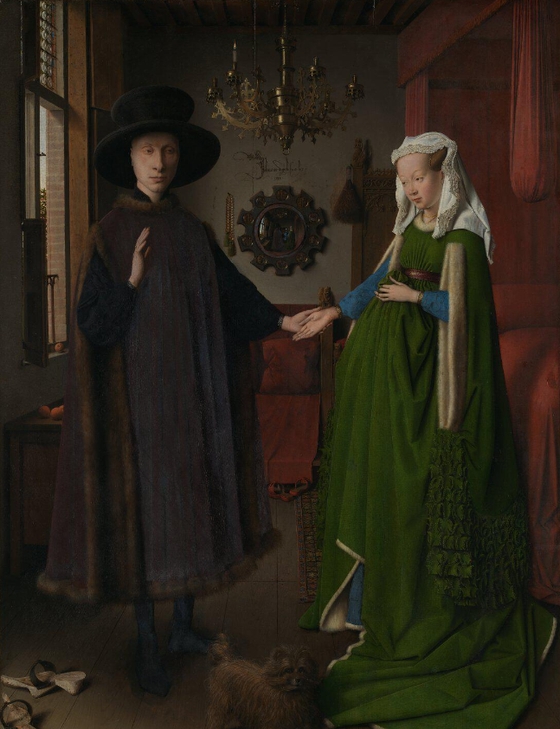 Jan van Eyck - The Arnolfini Portrait, 1434 (Photo via The National Gallery, London)
Jan van Eyck - The Arnolfini Portrait, 1434 (Photo via The National Gallery, London)
Oil has been used in the most famous portraits of the 15th century, though there may be egg tempera used for the underpainting. Italian artists, such as Perugino and Raphael, were among others working with both media.
Oil Becoming the Prime Painting Medium
By the beginning of the 16th century oils had become the prime painting medium in Italy, especially in the capital of the renaissance, Venice. The best-known masterpiece of the Italian Renaissance, da Vinci’s oil portrait of the Mona Lisa, is holding a record for the most valuable painting in the world.
The linen canvas replaced wooden panels, which gave the artists a greater opportunity to free up with composition and expression of the artworks and allowed for a much looser style of the paintings. Some of the great painters belonging to this period were Venetian Titian and Tintoretto, Florentine Mannerist Jacopo Pontormo, portraitist Arcimboldo, and Greek Mannerist - El Greco.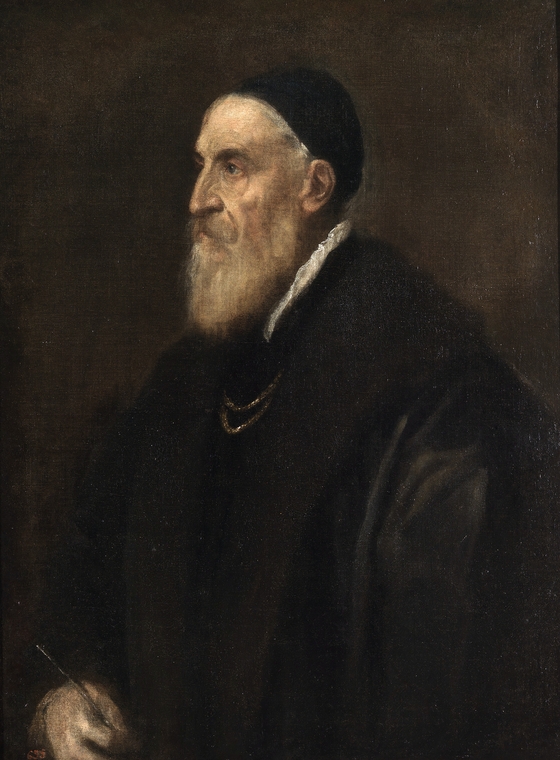 Titian - Self-Portrait, 1567 (Photo via Museo Nacional del Prado, Madrid)
Titian - Self-Portrait, 1567 (Photo via Museo Nacional del Prado, Madrid)
The economical approach in oil painting
Surely, you have seen the artwork of such artists as Caravaggio, Velasquez, or Rembrandt. These belong to the group of 17th century oil painters that used quite an economic approach. Commonly, they worked with colored surfaces that provided the mid-tones, the opaque colors were used for lights, and transparent glazes for shadows. Rembrandt often used double ground with an underlayer of red colors and a layer of grey or brown on top that provided dark ground for his paintings.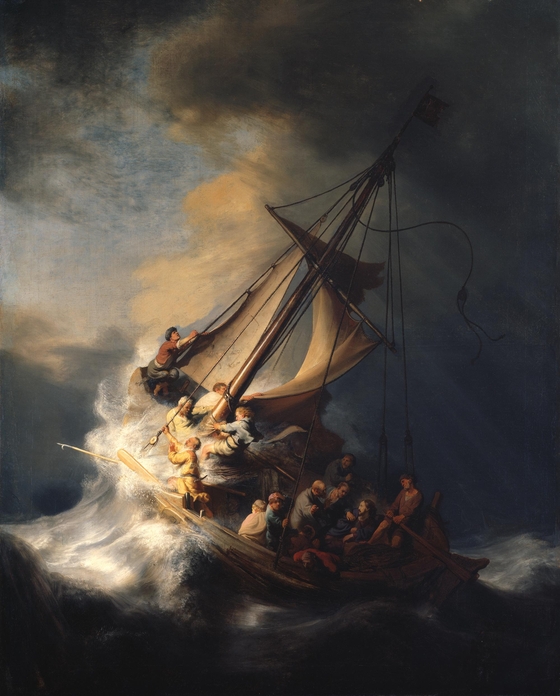 Rembrandt van Rijn - Christ in the storm on the sea of Galilee, 1633 (Photo via Isabella Stewart Gardner Museum)
Rembrandt van Rijn - Christ in the storm on the sea of Galilee, 1633 (Photo via Isabella Stewart Gardner Museum)
Moving from traditional glazes to firm strokes
The continuous discovery of new color pigments as well as the movement towards “the Plein-air” landscape paintings, led to Impressionism. The painters were initially criticized for leaving the traditional way of layering thin oil glazes and turning to solid strokes of color instead. However, the impressionist approach became very strong and by the late 19th century, painters like Monet and Renoir could experiment with different colors and saturation like never before.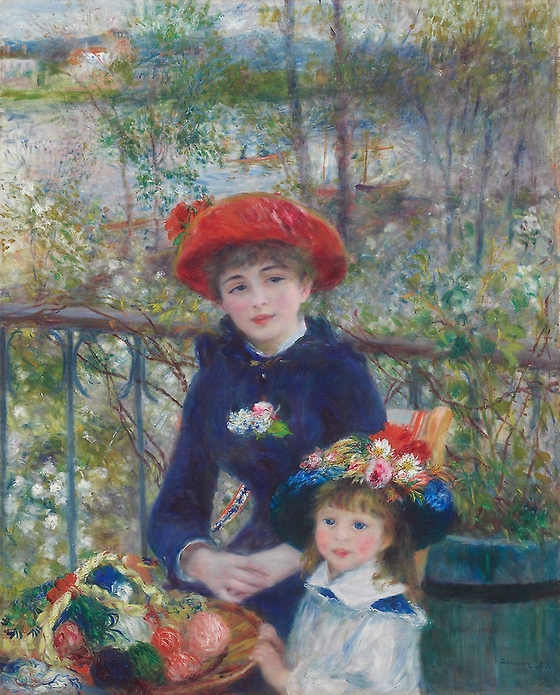 Pierre August Renoir - Two sisters on the terrace, 1881 (Photo via Chicago Art Institute)
Pierre August Renoir - Two sisters on the terrace, 1881 (Photo via Chicago Art Institute)
With the textile industry's development, many synthetic colorants were produced. The ready-to-use color tubes offered a great opportunity for painters to experiment with a new scale of color options. Intense colors were especially popular with French avant-garde and post-impressionist painters, Vincent van Gogh included.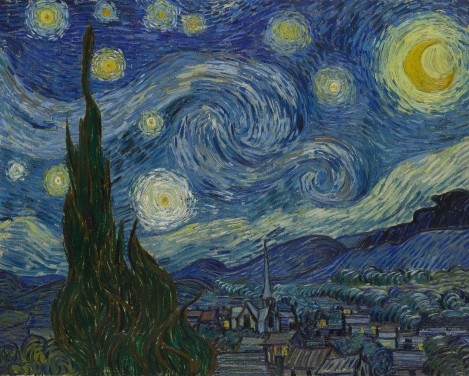 Vincent van Gogh - The Starry Night, 1889 (Photo via Museum of Modern Art, New York City)
Vincent van Gogh - The Starry Night, 1889 (Photo via Museum of Modern Art, New York City)
Oil Painting Today
Oil has provided countless possibilities for artists to experiment with different techniques over the centuries. Even though faster-drying media, like acrylics, gained popularity in the 20th century, the unique features and the experimentation options still keep the oils ranking as one of the most popular painting media.
With digital painting on the rise, more graphic software developers are trying to include oils in their offer. One of such options would be Rebelle. Its latest version has introduced oils with an incredibly realistic gloss and impasto depth. The five painting modes, dirty brush, and countless possibilities for brush creation and customization let artists experiment with different techniques, just like real oil does. The natural behavior of colors and paint allows painters to mix wet and dry media and create hyper-realistic masterpieces. Rebelle’s oils can mimic the real medium so well it is hard to believe that these paintings are digital.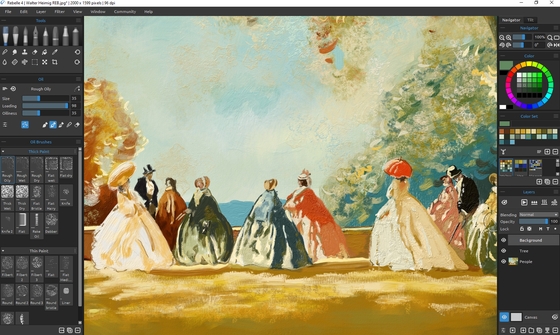 Rebelle 4 reproduction of Walter Heimig's Gesellschaft im Park by Elizabeth Pruemm, 2021
Rebelle 4 reproduction of Walter Heimig's Gesellschaft im Park by Elizabeth Pruemm, 2021
With the enormous and fast progress in technology, we are witnessing these days, it is quite difficult to predict what the future of traditional painting media like oils will look like. Let’s just hope that the excitement of using this versatile medium and experimenting with different painting techniques will stay the same for decades to come.
Happy Painting!
Your Escape Motions Team
----
Title Image Courtesy: www.unsplash.com
Sources: www.britannica.com, www.oilpaintingguide.com, www.visual-arts-cork.com, www.curtisward.com

